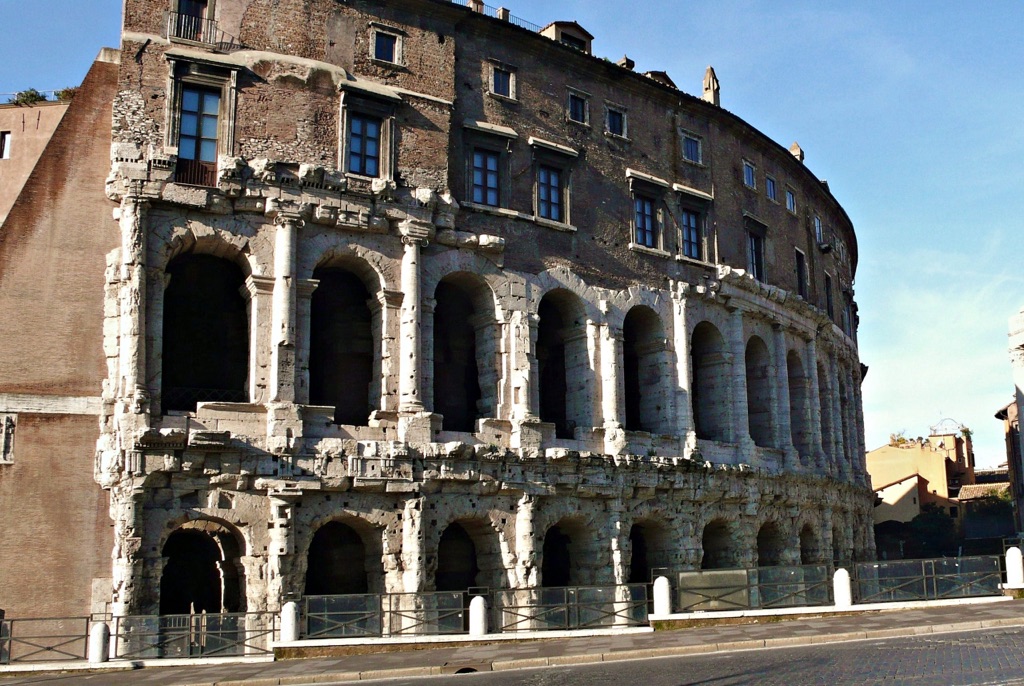The Theater of Marcellus stands as a testament to the grandeur of ancient Roman architecture and public entertainment. Inaugurated by Emperor Augustus in memory of his nephew, Marcellus, this edifice once dazzled spectators with its impressive stone and concrete structure. It held upwards of 20,000 guests who reveled in various performances, playing a pivotal role in the cultural life of ancient Rome. Today, this historical site offers a window into the past with its partially preserved ruins, allowing visitors to envisage the scale and majesty of Roman theatrical productions.
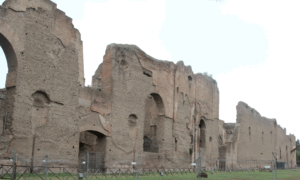
Baths of Caracalla
Embark on a journey back in time with a visit to the Baths of Caracalla, one of the most grandiose remnants of Roman architecture. Constructed under Emperor Caracalla’s reign in the early 3rd century, these public baths were not merely a place for cleansing but a symbol of Rome’s opulence and engineering prowess. The complex stretched over 33 acres, boasting not only massive bathing rooms but also libraries, shops, and lush gardens, reflecting a hub of social and cultural activity. Visitors today can marvel at the soaring walls and mosaics, imagining the once-steamy rooms where Romans of all classes mingled and relaxed.
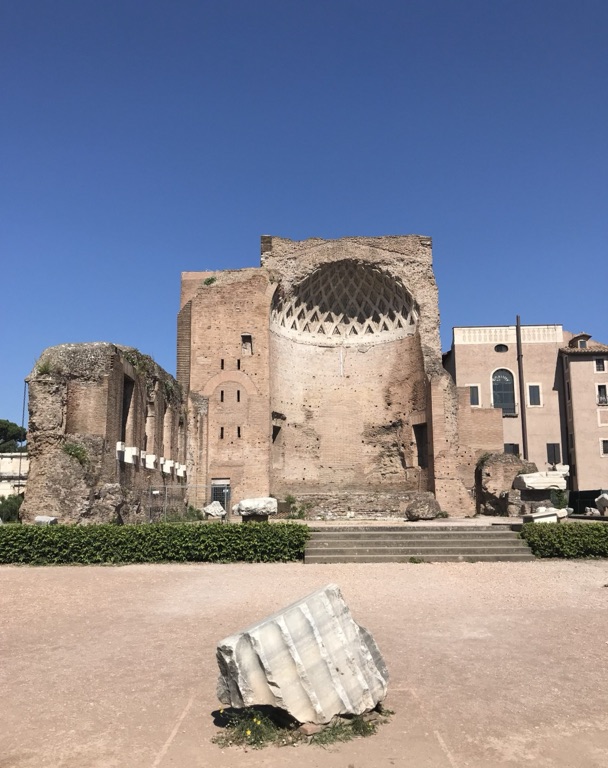
The Temple of Venus and Roma
Nestled in the heart of Rome, The Temple of Venus and Roma stands as a majestic testament to ancient Roman architecture and religious life. Built by Emperor Hadrian in the 2nd century AD, this temple was renowned as the largest in Rome, symbolizing the grandeur of the Roman Empire. It honored Venus, the goddess of love and beauty, and Roma, the personification of the city. The temple’s design is remarkable, featuring a double-back-to-back design, with two main chambers facing opposite directions. Its structural ingenuity and immense size continue to captivate visitors and historians alike, embodying a rich cultural heritage that spans millennia.
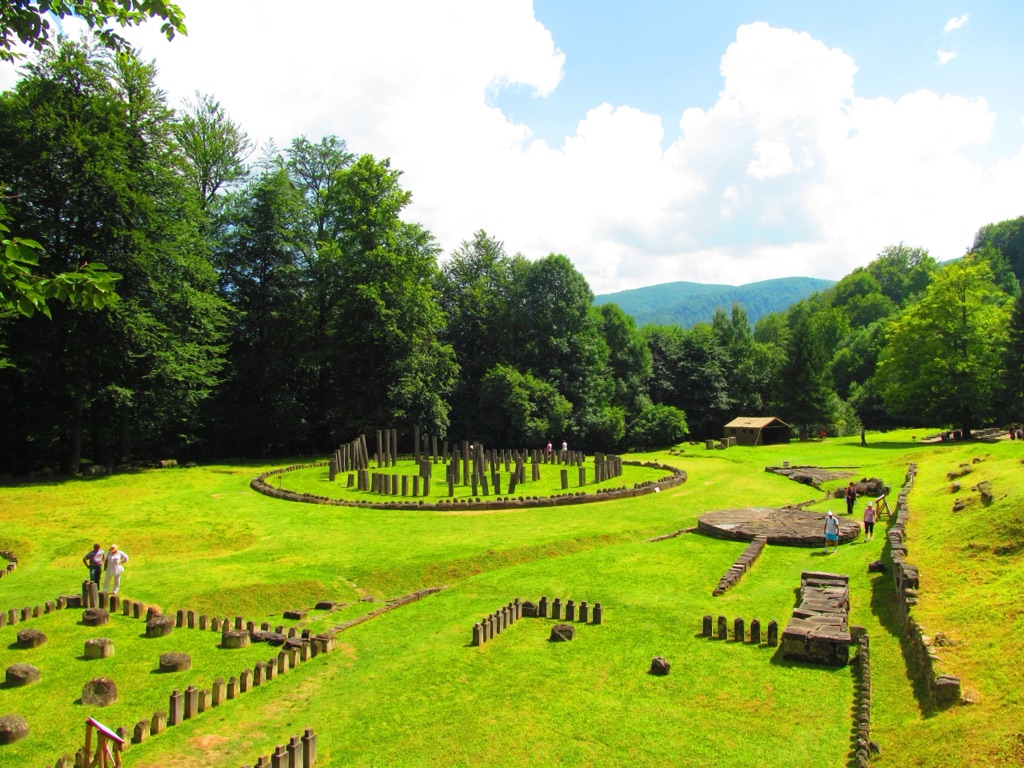
Sarmizegetusa Regia
Sarmizegetusa Regia was the capital and the most important military, religious, and political center of the Dacian kingdom, predating the Roman conquest. Nestled in the towering peaks of the Orastie Mountains, this formidable fortress showcases advanced engineering and architectural skills of the Dacians. Its complex network of fortifications, sanctuaries, and residential areas paint a vivid picture of a rich and powerful society. Even today, visitors are drawn to the remaining stone structures that speak of a history steeped in mystery and prowess.
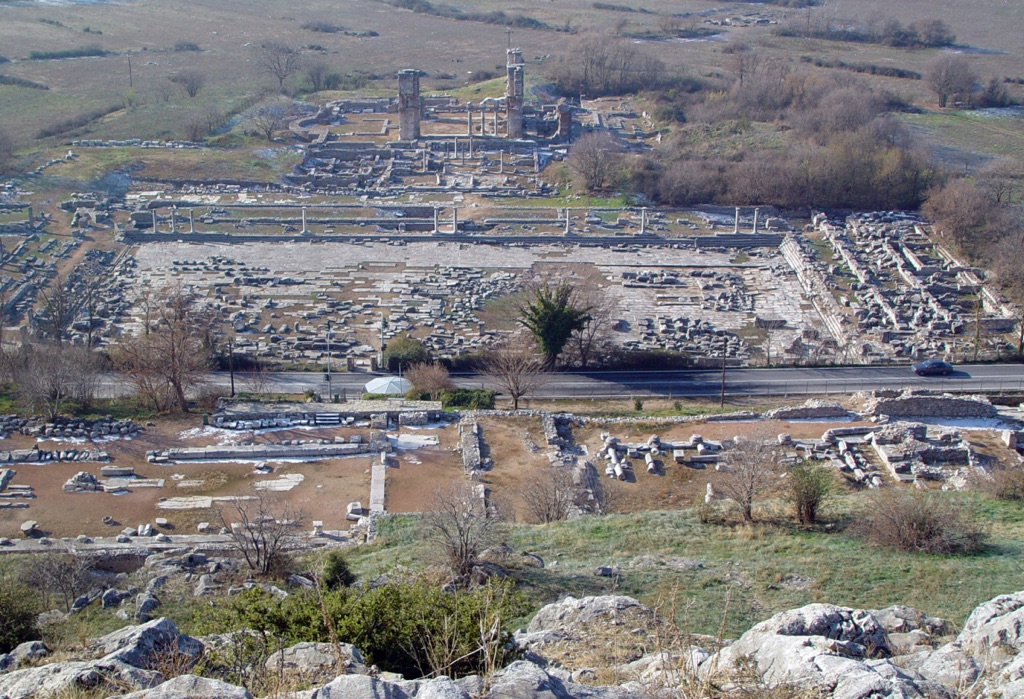
Philippi – The Ancient Greek City
Philippi, a testament to ancient Greek ingenuity, beckons history enthusiasts and casual visitors alike. Found in the Eastern Macedonia region of Greece, this archaeological marvel once showcased the apex of Hellenistic politics and culture. Its illustrious past includes the famous Battle of Philippi, where Octavian and Mark Antony clashed with the assassins of Julius Caesar. Founded by King Philip II of Macedon, Alexander the Great’s father, the city wielded significant influence in its heyday. Its extensive ruins, including a theater, forum, and numerous churches, provide a tangible link to the past. They whisper tales of its time as a bustling center of the Roman empire, later fading into a quiet Byzantine township.
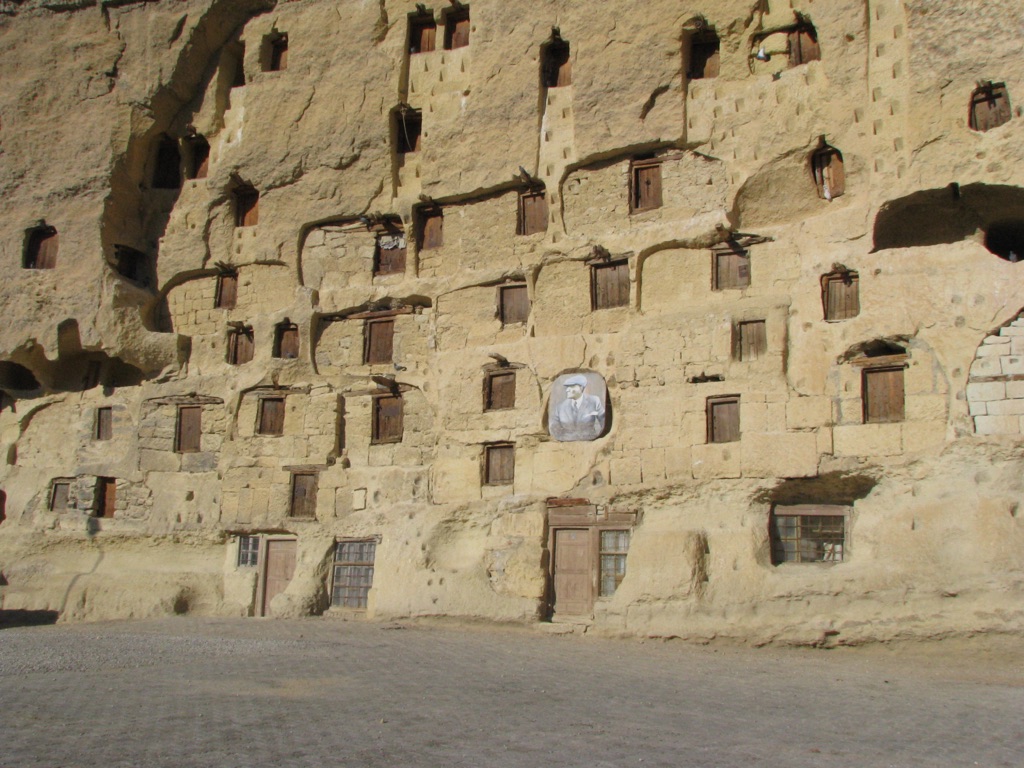
Taşkale in Karaman
Taşkale is a testament to human ingenuity and cultural heritage. Nestled in Turkey’s Karaman province, this historical site boasts ancient grain storage facilities, known as ‘yedi kardesler.’ These remarkable rock-cut granaries date back to the Byzantine era. They tell a story of agricultural practices and communal living from centuries ago. Visitors to Taşkale are struck by the blend of natural beauty and history. The site is a living classroom, showcasing architecture without the use of modern tools. Taşkale not only offers a window into the past but also provides insights into the sustainable use of natural resources.

